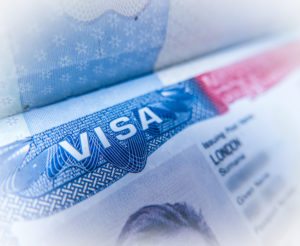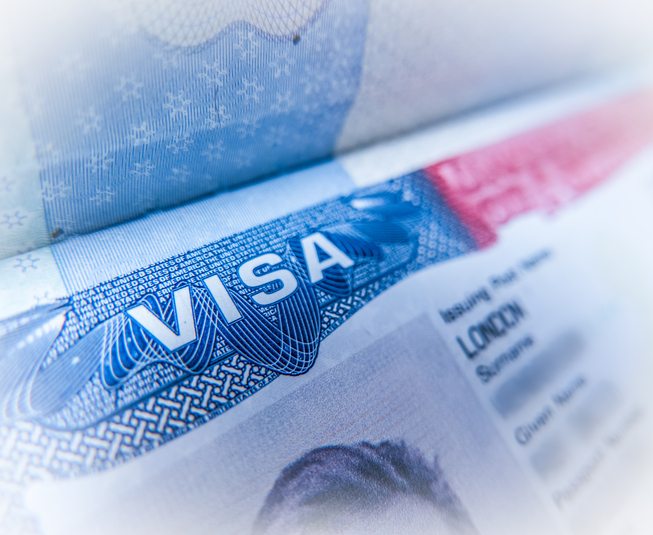 If you want to move to the United States and establish permanent residency, you have to learn many native axioms. “Don’t put the cart before the horse” is one of the most important sayings to learn, especially for immigrants. The axiom means don’t do things in the wrong order. For immigrants, the saying means to obtain an immigrant visa long before any attempt to establish American citizenship.
If you want to move to the United States and establish permanent residency, you have to learn many native axioms. “Don’t put the cart before the horse” is one of the most important sayings to learn, especially for immigrants. The axiom means don’t do things in the wrong order. For immigrants, the saying means to obtain an immigrant visa long before any attempt to establish American citizenship.
Immigrant visas represent a formal document that you need to possess before applying for citizenship. Under United States immigration law, foreign nationals have one of two paths to follow that depend on their residence at the time of a visa application.
Living Versus Not Living in the United States
Foreign nationals apply for immigrant visas at the consular office of the Department of State. After receiving a visa, foreign nationals have the legal right to enter the country through a recognized port of entry. Foreign nationals that live in the United States must file an adjustment with the Bureau of U.S. Citizenship and Immigration Services to receive an official status for establishing immigrant status. Applicants for adjustment of status also have the legal right to apply for work permits.
Two Immigrant Visa Categories
Immigrant visas fall under two broadly defined categories: Numerical and non-numerical. Numerical immigrant visas go to individuals that qualify for diversity, employment, or family sponsored visas. The three family-sponsored immigrant visa categories include the following:
- Unmarried sons and daughters of United States citizens
- Unmarried sons and daughters of legal permanent residents
- Married sons and daughters of United States citizens
The four employment categories of sponsored immigrant preferences are skilled workers, priority workers, special immigrants, and employment generating immigrants.
Immigrant visas the United States does not restrict to numerical imitations go to close relatives (parents, spouses, children) and former United States citizens. Children qualify under non-numerical immigrant visa status if they are less than 21 years of age and can prove legitimacy of family relations by submitting government accepted documents.
How to Apply for Family and Employment Sponsored Immigrant Visas
Family sponsored immigrant applications involve several steps that start with applicants receiving approval from the United States Citizenship and Immigration Services (USCIS) of a visa petition. Then, the State Department determines whether you should receive a numerical or non-numerical visa. Finally, family sponsored immigrant visas require applicants to change their legal statuses, after a visa number becomes available for use within the immigrant visa system. You also have to perform several steps to receive an employment sponsored immigrant visa, with the most important step involving your employer filing a labor certification with the United States Department of Labor.
The Power of Numbers for Immigrant Visas
USCIS has created a complex system that establishes a per-country cap on immigration numbers. The State Department publishes a monthly Visa Bulletin that presents the visas that fall within numerical limitations. The Executive Order to prevent foreign nationals from entering the United States from seven countries is a numerical limitation the United States government publishes in its Visa Bulletin.
You might qualify for an immigrant visa because you come from what the American government considers a “Low Admission” country. However, a vast majority of foreign nationals that want to receive immigration visas have no idea the Low Admission standard exists. The American government bases its low admission policy on the goal to create diverse demographics within the country. Foreign nationals that want to move to the United States need to hire a license and experienced immigration attorney to help them navigate the complicated and rapidly changing waters of immigration law.
